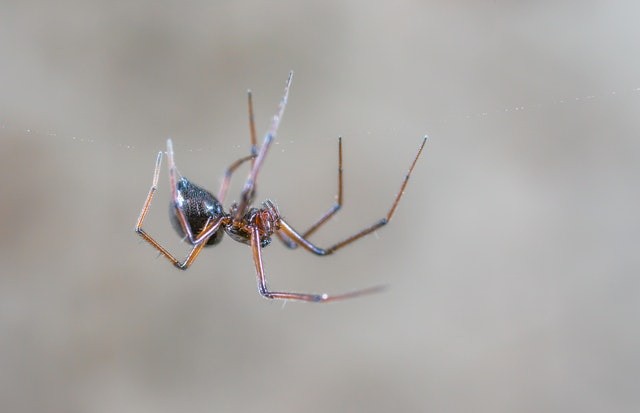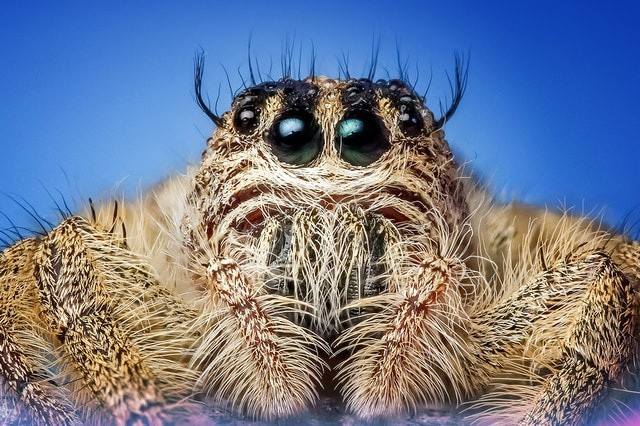Sea spiders are marine arthropods that have long legs and they live in oceans all over the world, from the frozen waters of the Southern Ocean to the mild Caribbean. There are more than 1,000 species of sea spiders, and their diversity is highly unusual, from their striking arrangement of color combinations to their extensive size differences.
Sea spiders are enthralling creatures, and experts still have a lot to learn about them. Here are seven of the most fascinating facts about sea spiders.

1. They Inhabit Extremely Shallow and Deep Waters
There are sea spiders seen in tide pools all over the world, but different from many other shallow-water animals, they aren't restricted to coastal regions. In fact, sea spiders have been discovered over three miles beneath the surface in the very deepest ocean region.
2. Sea Spiders Are Not Actual Spiders
Sea spiders do not spin webs, and they do not belong to the class of arachnids like house spiders or tarantulas. However, they are not totally different. Like true spiders, sea spiders belong to the class of phylum Arthropoda and the subphylum Chelicerata. The dissimilarity is at the class level, true spiders belong to the class arachnids, whereas sea spiders belong to the class Pycnogonida.
3. The Smallest Sea Spiders Are Almost Invisible
It's quite possible that you leave sea spiders unnoticed in a tidal pool, mostly if you were in a warm-water lagoon. That's due to the fact that sea spiders inhabiting those regions can be tiny: just a millimeter or thereabout across. Some are so tiny that their muscles are made up of only one cell. These almost unseeable creatures are unexpectedly common, so chances are you might have run across them unknowingly.
Also Read : Funnel-Web Spider: Venom of Deadliest Spider in Australia May Help Save Heart Transplant Patients
4. Giant Sea Spiders Inhabit Extreme Cold
While a majority of sea spiders are very small, those that inhabit the depths of the polar seas are somewhat huge, with leg spans more than 20 inches. Their enormity is an adaptation that assists them live conveniently in extreme conditions.
5. Male Sea Spiders Hold Onto the Eggs
Sea spiders have a unique pair of legs that carries eggs, which are known as ovigers. When the female is done laying her eggs, the male fertilizes them and adheres them to his ovigers, where he bears them until they hatch.
6. Sea Spiders Usually Suck Life Out of Their Prey
Sea spiders are not capable of spinning webs; rather, they make use of their tubelike proboscis (a nose-like structure) to suck the life out of their prey. The tip of the proboscis possesses three lips; some even possess teeth. Once they are inside the proboscis, the juices are combined with enzymes for digestion. Sea spiders feed on jellyfish, sea anemones, sponges, and other prey.

7. They Make Use of Their Digestive Systems For Breathing
Sea spiders do not possess gills or lungs, nor do they possess a respiratory system. Rather, the oxygen they require passes via their exoskeleton and into their tissues.
Related Article : Even Lady-Spiders Use Sexy Silk to Catch a Male's Eye
For more news, updates about sea spiders and similar topics don't forget to follow Nature World News!
© 2025 NatureWorldNews.com All rights reserved. Do not reproduce without permission.





